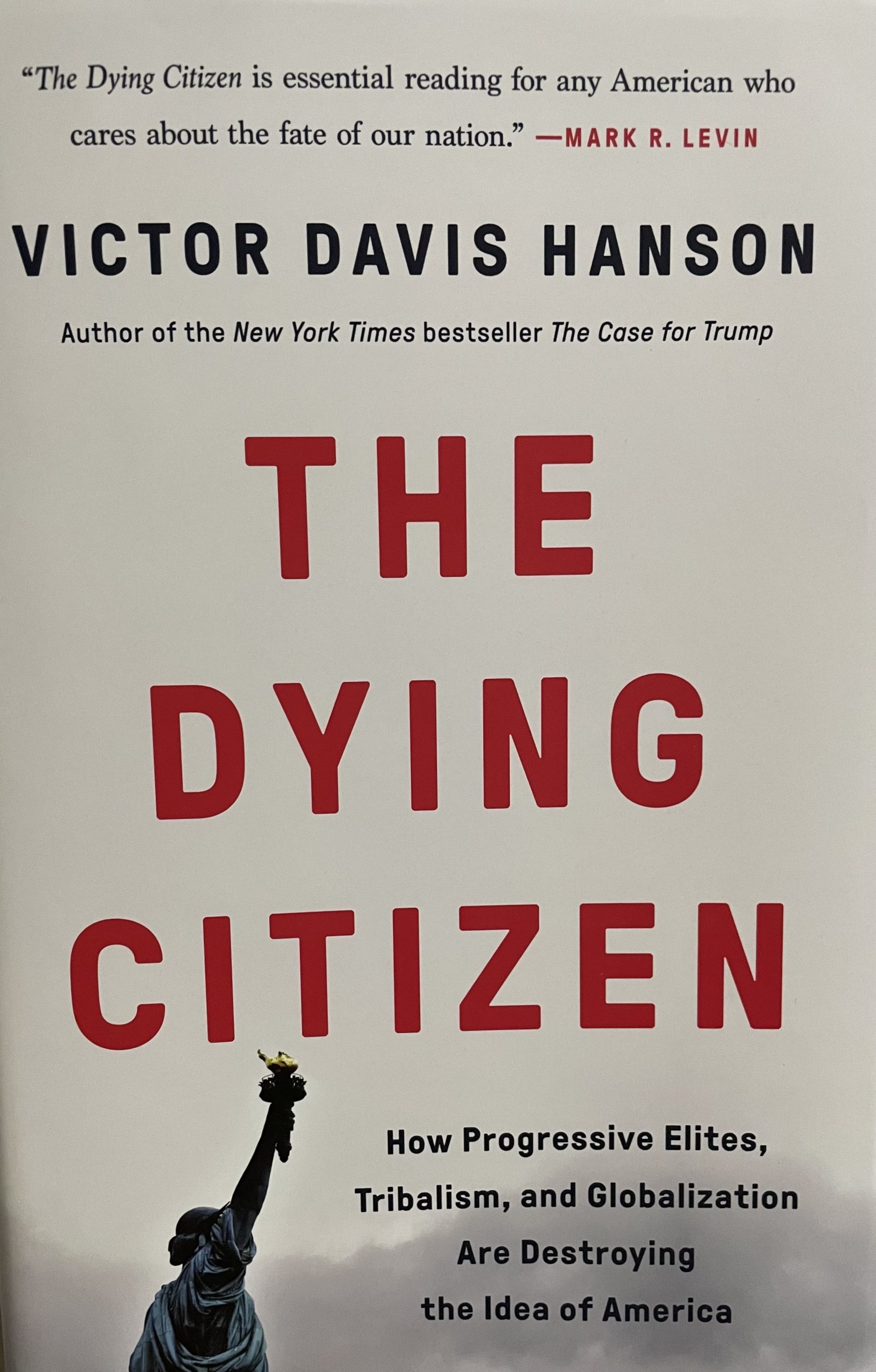Ironically, liberal college professors are now feeling the increasing weight and burden that is from ObamaCare, or its official name “The Affordable Care Act.” A study released by the College and University Professional Association for Human Resources found that an increasing number of college and university professors are paying more for their health insurance.

The study, “2014 Employee Healthcare and Other Benefits in Higher Education Survey,” covered health benefits, four types of healthcare plans (HMO, PPO, POS and high deductible plans), “formal wellness programs,” dental plans and other healthcare basics. The questionnaire itself can be viewed here.
- The survey covered 601 respondents, including 370 institutions and 29 college systems
- There were 237 private institutions which made up 64% of the survey and 133 public institutions which made up 36% of the survey
- 29% of the institutions were devoted to master’s programs, 24% were bachelor’s programs, and 23% were doctorate programs.
The impact of ObamaCare was the following:
- 26% have increased in-network deductibles
- 27% have raised their out-of-pocket limits
- 41% increased professor’s share of rising premium costs
- 20% raised professor’s share of rising prescription drug costs
- 24% of institutions increased professor’s share of dependent coverage costs
Additionally, as a part of the law, colleges and universities also adopted and/or expanded wellness programs and/or initiatives or financial incentives to “encourage healthy behaviors.” 36% had done the former and 21% implemented the latter.
The majority of colleges and universities (82 %) have PPO plans. Next is the HDHP (high deductible health plan), which has risen from 17% five years ago to 44% today. 60% of college institutions offer benefits to gay partners or spouses, which was up from 40% in 2006.
However, no college or university surveyed offered healthcare benefits for part-time employees, even if they enrolled in the ObamaCare healthcare exchanges. Among those surveyed, only 2% said they would consider offering some benefits to part-time employees enrolled in these exchanges.
Non-healthcare basic such as basic life insurance, long-term disability, and paid time-off are provided by nearly all institutions. But, only 64% cover short-term disability.
Some other interesting points:
- “14% of respondents have a formal paid-time-Off (PTO) plan that combines vacation, sick leave and/or other benefits.
- For institutions with a PTO, the median number of days off the first year is 20 for exempt staff and 15 for non-exempt. For institutions with vacation leave, the medians are 15 and 10, respectively.
- Twenty-four percent (24%) of institutions have paid leave for new parents up to a maximum of six weeks (median).”
Referring to tuition benefits, the study found, “Almost all institutions offer tuition benefits for full-time employees and their dependents” and nearly half “limit the number of credit hours that can be taken in a calendar year.” Who takes advantage of tuition benefits? “Exempt employees and their dependents” more than non-exempt employees and their dependents.
This data was collected from the survey’s fact sheet, which can be found here.










